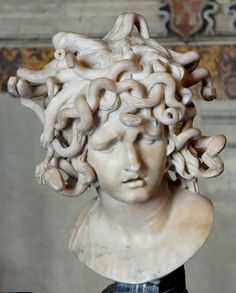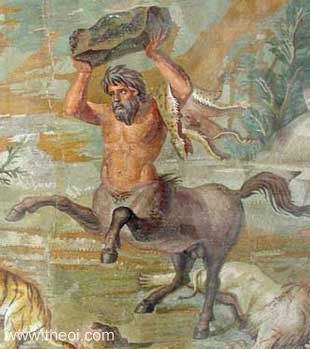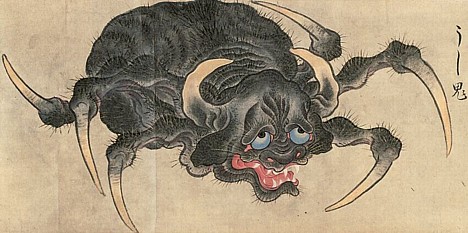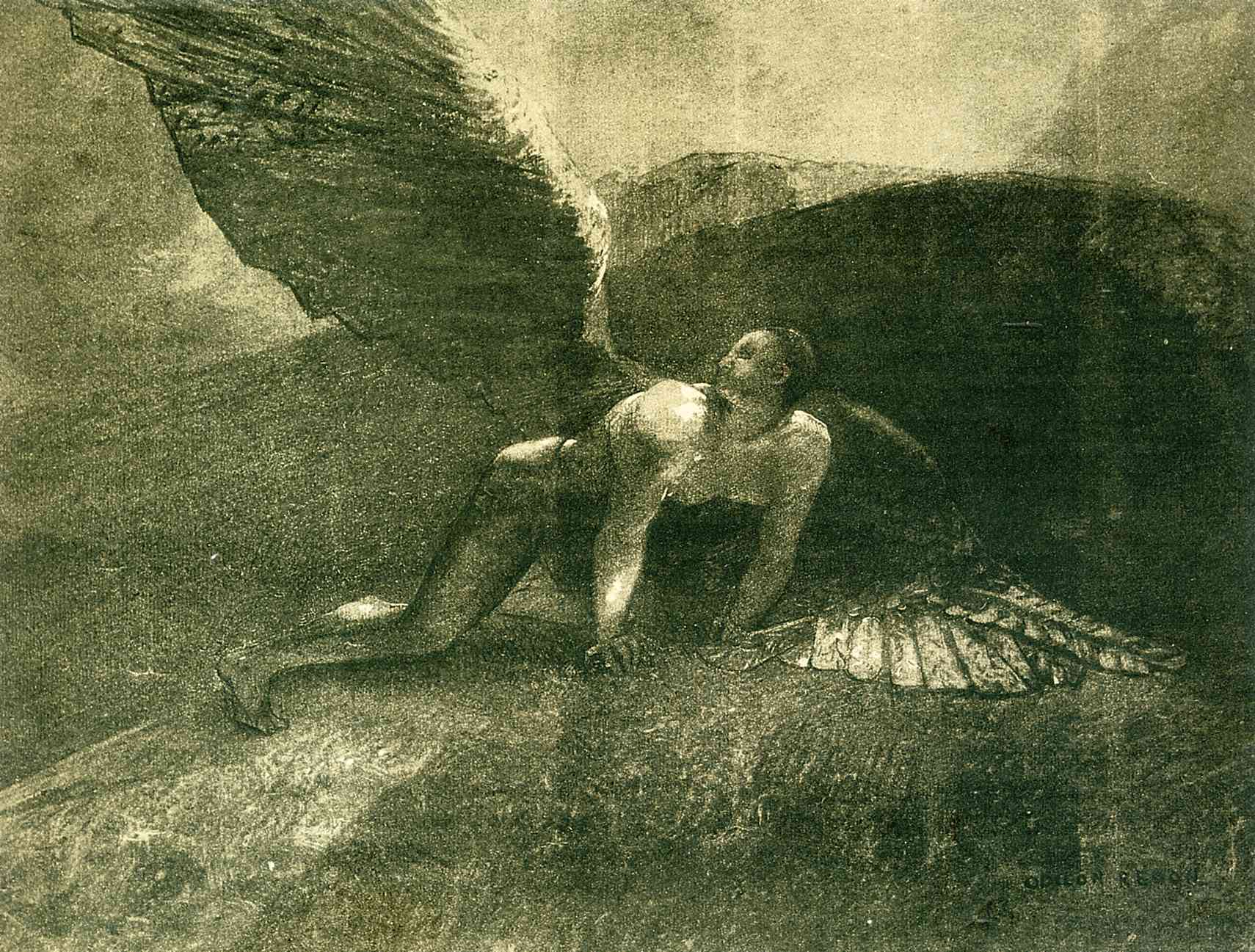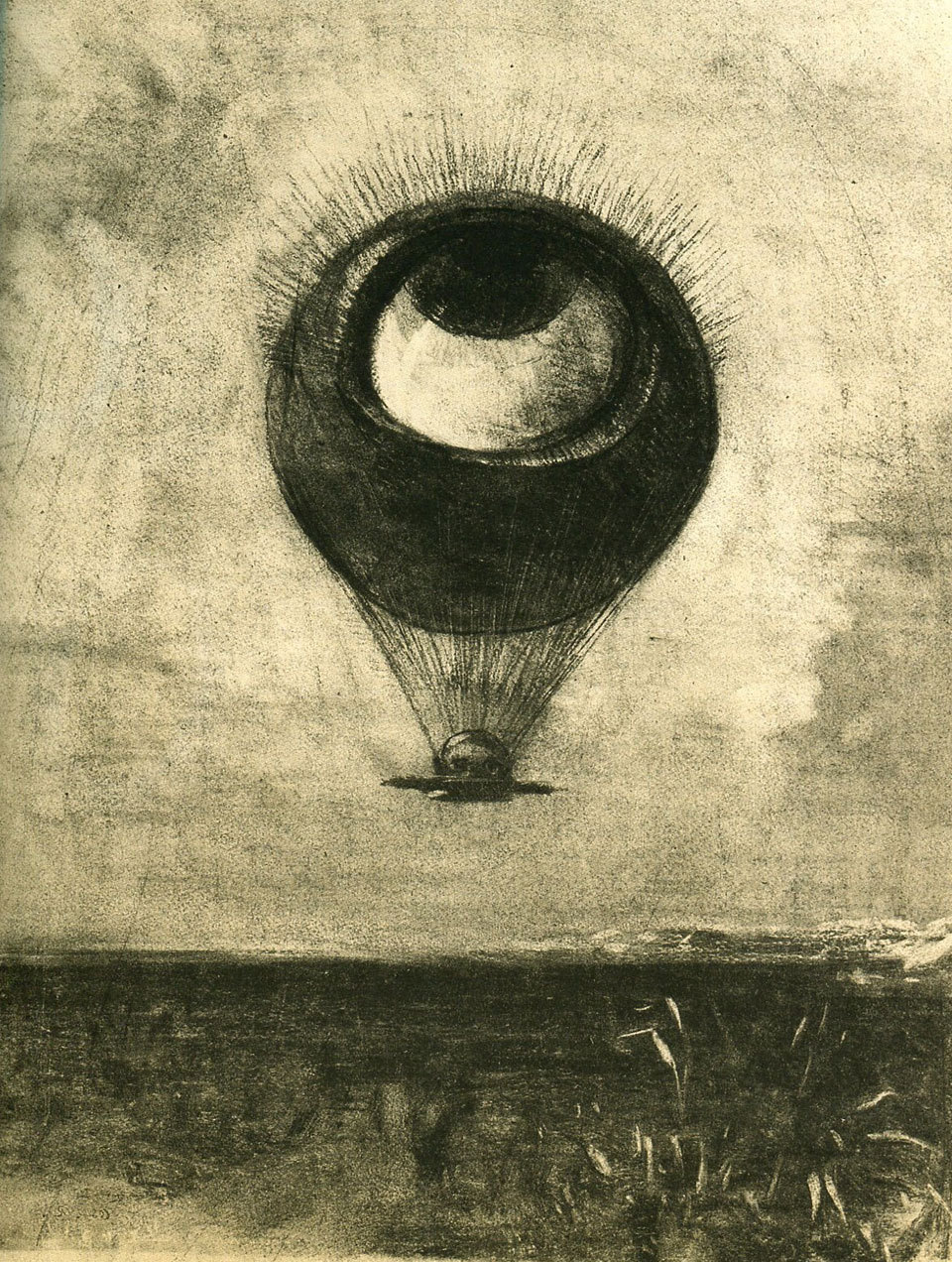Firstly, I decided to stick to the original design of the Chimera, or the one depicted in Greek mythology, as it was a good starting point because of its simplicity and has an iconic look about it. I used coloured pencils to show this further and I used the photos as a direct influence. The brusho inks I used on the background, although originally unintended, created a fire/ spark effect that I made dynamic by hiding parts of the drawing behind. The Chimera was said to have been able to breath brightly coloured fire in ancient literature and art, so the background was very fitting.
With the first being a classic assortment of the heads of the snake and goat stuck on the body of the lion, the second design was intended to be a smooth mixture of all three that blended together to make a hybrid. Still using the lion as the inspiration for the head and body, the goat element of the beast is not as another head but as its hind legs. The mane of the lion is made up of snakes, taking influence from another Greek legend, Medusa, of which helps to make it look much more terrifying. The background is meant to represent blood flowing across the landscape.
When drawing the last design, I tried to imagine something drastically different to stand out from the other two. With the lion's body being prominent on the other designs, changing it would drastically alter the look of the Chimera, so it became a huge, writhing snake body with the heads of the other animals side by side. I was able to include new details like scales and shine and gave the goat head a mane to blend with the lion beside it. The background is meant to represent ice or water; the creature could be a water-based one with its reptilian body or it could have the ability to breath ice as opposed to fire.



























_Ellen_Terry_('Choosing')_by_George_Frederic_Watts.jpg)
